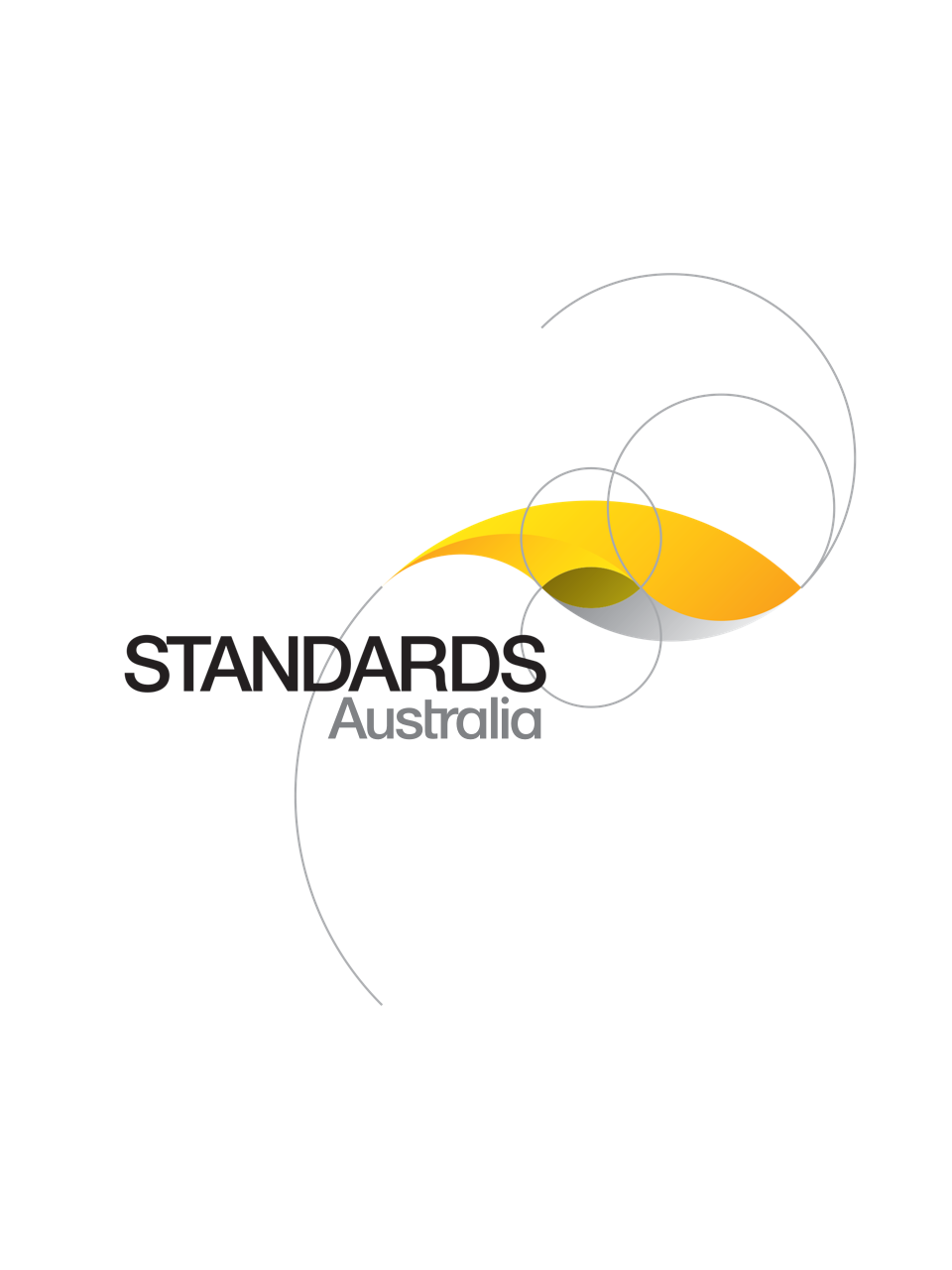Standard
Track updates
AS 7240.12:2018
[Current]The objective of this Standard is to specify requirements, test methods and performance criteria for line-type smoke detectors for use in fire detection systems installed in buildings.
Published: 20/12/2018
Pages: 51
Table of contents
Cited references
Content history
Table of contents
Header
About this publication
Preface
Foreword
Introduction
1 Scope
1.1
1.2
2 Normative references
3 Terms and definitions
4 Requirements
4.1 Compliance
4.2 Individual alarm indication
4.2.1
4.2.2
4.3 Connection of ancillary devices
4.4 Monitoring of detachable detectors and connections
4.4.1
4.4.2
4.4.3
4.5 Manufacturer’s adjustments
4.6 On-site adjustment of response threshold value
4.6.1
4.6.2
4.7 Protection of optical components
4.8 Limit of compensation
4.8.1
4.8.2
4.8.3
4.9 Fault signalling
4.10 Software-controlled detectors
4.10.1 General
4.10.2 Software documentation
4.10.2.1
4.10.2.2
4.10.3 Software design
4.10.4 Storage of programs and data
4.10.4.1
4.10.4.2
5 Test methods
5.1 General
5.1.1 Atmospheric conditions for tests
5.1.1.1
5.1.1.2
5.1.2 Mounting arrangements
5.1.3 Operating conditions for tests
5.1.3.1
5.1.3.2
5.1.4 Tolerances
5.1.4.1
5.1.4.2
5.1.5 Measurement of response threshold value
5.1.5.1 General
5.1.5.1.1
5.1.5.1.2
5.1.5.2 Operating conditions
5.1.5.2.1
5.1.5.2.2
5.1.5.2.3
5.1.5.2.4
5.1.5.2.5
5.1.5.2.6
5.1.5.3 Measurements
5.1.5.3.1
5.1.5.3.2
5.1.6 Provision for tests
5.1.6.1
5.1.6.2
5.1.7 Test schedule
5.1.8 Test report
5.2 Reproducibility
5.2.1 Object of test
5.2.2 Test procedure
5.2.2.1
5.2.2.2
5.2.2.3
5.2.2.4
5.2.3 Requirements
5.2.3.1
5.2.3.2
5.3 Repeatability
5.3.1 Object of test
5.3.2 Test procedure
5.3.2.1
5.3.2.2
5.3.2.3
5.3.2.4
5.3.2.5
5.3.2.6
5.3.3 Requirements
5.3.3.1
5.3.3.2
5.3.3.3
5.4 Alignment dependence
5.4.1 Object of test
5.4.2 Test procedure
5.4.2.1
5.4.2.2
5.4.2.3
5.4.2.4
5.4.3 Requirements
5.4.3.1
5.4.3.2
5.4.3.3
5.5 Variation of supply parameters
5.5.1 Object
5.5.2 Test procedure
5.5.2.1
5.5.2.2
5.5.2.3
5.5.2.4
5.5.2.5
5.5.3 Requirements
5.5.3.1
5.5.3.2
5.6 Rapid changes in attenuation
5.6.1 Object of test
5.6.2 Test procedure
5.6.2.1
5.6.2.2
5.6.2.3
5.6.2.4
5.6.2.5
5.6.3 Requirements
5.6.3.1
5.6.3.2
5.7 Slow changes in attenuation
5.7.1 Object of test
5.7.2 Test procedure
5.7.2.1
5.7.2.2
5.7.2.3
5.7.2.4
5.7.3 Requirements
5.7.3.1
5.7.3.2
5.8 Optical path length dependence
5.8.1 Object of test
5.8.2 Test procedure
5.8.2.1
5.8.2.2
5.8.2.3
5.8.2.4
5.8.2.5
5.8.3 Requirements
5.8.3.1
5.8.3.2
5.9 Fire sensitivity
5.9.1 Object of test
5.9.2 Test procedure
5.9.2.1 Principle of test
5.9.2.2 Test fires
5.9.2.2.1
5.9.2.2.2
5.9.2.3 Mounting of specimens
5.9.2.3.1
5.9.2.3.2
5.9.2.3.3
5.9.2.3.4
5.9.2.3.5
5.9.2.3.6
5.9.2.4 Initial conditions
5.9.2.4.1
5.9.2.4.2
5.9.2.5 Recording of the fire parameters and response values
5.9.2.5.1
5.9.2.5.2
5.9.2.5.3
5.9.3 Requirements
5.10 Stray light
5.10.1 Object of test
5.10.2 Test procedure
5.10.2.1 Apparatus
5.10.2.2 State of specimen during conditioning
5.10.2.2.1
5.10.2.2.2
5.10.2.2.3
5.10.2.3 Conditioning
5.10.2.4 Measurements during conditioning
5.10.2.4.1
5.10.2.4.2
5.10.3 Requirements
5.10.3.1
5.10.3.2
5.10.3.3
5.11 Dry heat (operational)
5.11.1 Object of test
5.11.2 Test procedure
5.11.2.1 Reference
5.11.2.2 State of the specimen during conditioning
5.11.2.2.1
5.11.2.2.2
5.11.2.3 Conditioning
5.11.2.4 Measurements during conditioning
5.11.2.5 Intermediate measurements
5.11.2.6 Final measurements
5.11.2.6.1
5.11.2.6.2
5.11.3 Requirements
5.11.3.1
5.11.3.2
5.11.3.3
5.11.3.4
5.12 Cold (operational)
5.12.1 Object of test
5.12.2 Test procedure
5.12.2.1 Reference
5.12.2.2 State of the specimen during conditioning
5.12.2.2.1
5.12.2.2.2
5.12.2.3 Conditioning
5.12.2.4 Measurements during conditioning
5.12.2.5 Intermediate measurements
5.12.2.6 Final measurements
5.12.2.6.1
5.12.2.6.2
5.12.3 Requirements
5.12.3.1
5.12.3.2
5.12.3.3
5.12.3.4
5.13 Damp heat, steady-state (operational)
5.13.1 Object of the test
5.13.2 Test procedure
5.13.2.1 Reference
5.13.2.2 State of the specimen during conditioning
5.13.2.2.1
5.13.2.2.2
5.13.2.3 Conditioning
5.13.2.4 Measurements during conditioning
5.13.2.5 Final measurements
5.13.2.5.1
5.13.2.5.2
5.13.3 Requirements
5.13.3.1
5.13.3.2
5.13.3.3
5.14 Damp heat, steady-state (endurance)
5.14.1 Object of test
5.14.2 Test procedure
5.14.2.1 Reference
5.14.2.2 State of the specimen during conditioning
5.14.2.2.1
5.14.2.2.2
5.14.2.3 Conditioning
5.14.2.4 Final measurements
5.14.2.4.1
5.14.2.4.2
5.14.3 Requirements
5.14.3.1
5.14.3.2
5.15 Vibration, sinusoidal (endurance)
5.15.1 Object of test
5.15.2 Test procedure
5.15.2.1 Reference
5.15.2.2 State of the specimen during conditioning
5.15.2.2.1
5.15.2.2.2
5.15.2.2.3
5.15.2.3 Conditioning
5.15.2.4 Final measurements
5.15.2.4.1
5.15.2.4.2
5.15.3 Requirements
5.15.3.1
5.15.3.2
5.16 Electromagnetic compatibility (EMC), immunity tests (operational)
5.17 Sulfur dioxide, SO2, corrosion (endurance)
5.17.1 Object of test
5.17.2 Test procedure
5.17.2.1 Reference
5.17.2.2 State of the specimen during conditioning
5.17.2.2.1
5.17.2.2.2
5.17.2.3 Conditioning
5.17.2.4 Final measurements
5.17.2.4.1
5.17.2.4.2
5.17.2.4.3
5.17.3 Requirements
5.17.3.1
5.17.3.2
5.18 Impact (operational)
5.18.1 Object of test
5.18.2 Test procedure
5.18.2.1 Apparatus
5.18.2.2 State of the specimen during conditioning
5.18.2.2.1
5.18.2.2.2
5.18.2.3 Conditioning
5.18.2.3.1
5.18.2.3.2
5.18.2.3.3
5.18.2.4 Monitoring during conditioning
5.18.2.5 Final measurements
5.18.2.5.1
5.18.2.5.2
5.18.3 Requirements
5.18.3.1
5.18.3.2
5.18.3.3
6 Test report
7 Marking
7.1
7.2
7.3
7.4
7.5
7.6
8 Data
8.1
8.2
8.3
8.4
Annex A
A.1 Principles of compensation for detector drift
A.1.1
A.1.2
A.1.3
A.1.4
A.1.5
A.1.6
A.2 Linear compensation
A.2.1
A.2.2
A.3 Stepwise compensation
A.4 High-rate compensation
A.5 Avoidance of the nonlinear region
A.5.1
A.5.2
Annex B
B.1 Technical characteristics of the attenuators
B.1.1
B.1.2
B.1.3
B.2 Measuring bench
Annex C
C.1
C.2
C.3
Annex D
D.1 Fuel
D.2 Conditioning
D.3 Preparation
D.4 Hotplate
D.4.1
D.4.2
D.5 Arrangement
D.6 Heating rate
D.7 Test validity criteria
D.8 Variables
D.9 End-of-test condition
Annex E
E.1 Fuel
E.2 Conditioning
E.3 Arrangement
E.4 Ignition
E.5 Test validity criteria
E.6 End-of-test condition
Annex F
F.1 Fuel
F.2 Conditioning
F.3 Arrangement
F.4 Ignition
F.5 Test validity criteria
F.6 End-of-test condition
Annex G
G.1 Fuel
G.2 Arrangement
G.3 Ignition
G.4 Test validity criteria
G.5 End-of-test condition
Annex H
H.1 Obscuration meter
H.1.1
H.1.2
H.1.3
H.1.4
H.2 Measuring ionization chamber (MIC)
H.2.1 General
H.2.2 Operating method and basic construction
H.2.1
H.2.2
H.2.3
H.2.4
H.2.5
Annex I
I.1 Installation
I.1.2
I.1.3
I.1.4
I.2 Light source
I.2.1
I.2.2
I.2.3
I.2.4
I.2.5
Annex J
J.1 General
J.2 Technical data
Appendix ZZ
ZZ.1 Scope
ZZ.2 Variations
Cited references in this standard
[Current]
Environmental testing - Part 2-42: Tests - Test Kc: Sulphur dioxide test for contacts and connections
[Current]
Amendment 6 - Double-capped fluorescent lamps - Performance specifications
EN 50130-4:2011
Alarm systems — Part 4: Electromagnetic compatibility — Product family standard: Immunity requirements for components of fire, intruder and social alarm systems
[Current]
Environmental testing - Part 2-78: Tests - Test Cab: Damp heat, steady state
Content history
[Superseded]
[Superseded]
[Superseded]
[Superseded]
DR AS 7240.12:2018
